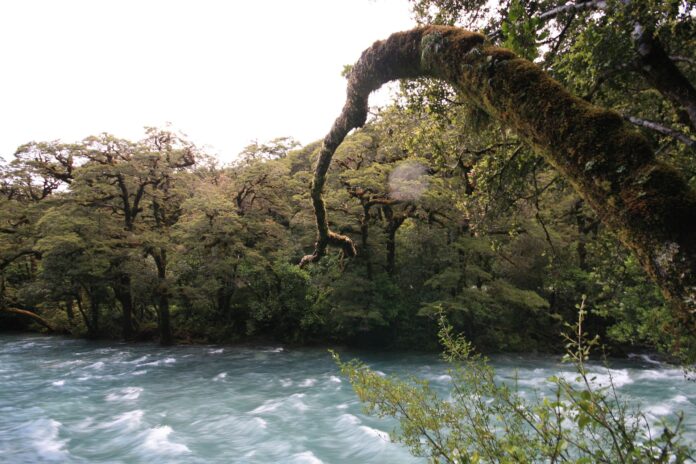Source: MakeLemonade.nz
Te Whanganui-a-Tara – Taupo, Napier, Christchurch, Masterton, Westport and Wanaka all have one thing in common, according to the MetService.
It was the wettest February on record for Taupo (192mm), Napier (248mm), Masterton (346mm), Westport (610mm), Wanaka (105mm) and Christchurch (148mm). Christchurch has seen the least sun ever for a February on record.
Extreme rainfall, flooding and slips affected Westland and Buller, with between 500-1100mm of rain observed. A state of emergency was declared in the Buller district between 2-5 February. Taranaki also saw extreme flooding with the same weather system, with the Red Warning extended there.
Preceding high humidity and the approach of Tropical Cyclone Dovi towards New Zealand sparked another suite of heavy rain warnings for the West Coast, as well as for numerous other regions.
Dovi produced severe gales and heavy rainfall to many parts of the North Island, making landfall just north of Taranaki. Damaging winds were experienced across Northland and Auckland, as well as from Wellington to Taranaki.
It was the second wettest February on record for Taumarunui, Whanganui, Levin, Palmerston North, Wellington, Hokitika, Blenheim and Ashburton. For New Plymouth, Nelson and Blenheim, it was the third wettest February.
As expected during a La Nina summer, frequent northeast winds prevailed across Aotearoa. Summer hot day records were smashed for Whangarei, Auckland and Hamilton, with the latter two regions recording 60 days in excess of 25C.
Record February warmth was experienced across many areas of the North Island, and it was also an unusually warm February along the West Coast. In contrast, it was a cloudier and cooler February along the eastern South Island, especially Christchurch.
Overall, a warmer than usual March is forecast. Below normal March rainfall is forecast for most regions, with the exception of Westland, Fiordland, Southland and Otago (near normal tallies there).



